6 Fascinating Facts About Rocky Mountain Horses
In terms of both look and temperament, the Rocky Mountain Horse is a gorgeous breed. These horses are known for their easy gaits and affinity for humans, and they are guaranteed to steal your heart! The history of the breed is similar to that of the Kentucky Mountain Saddle Horse, and both breeds are recognized by the Mountain Pleasure Horse Association.
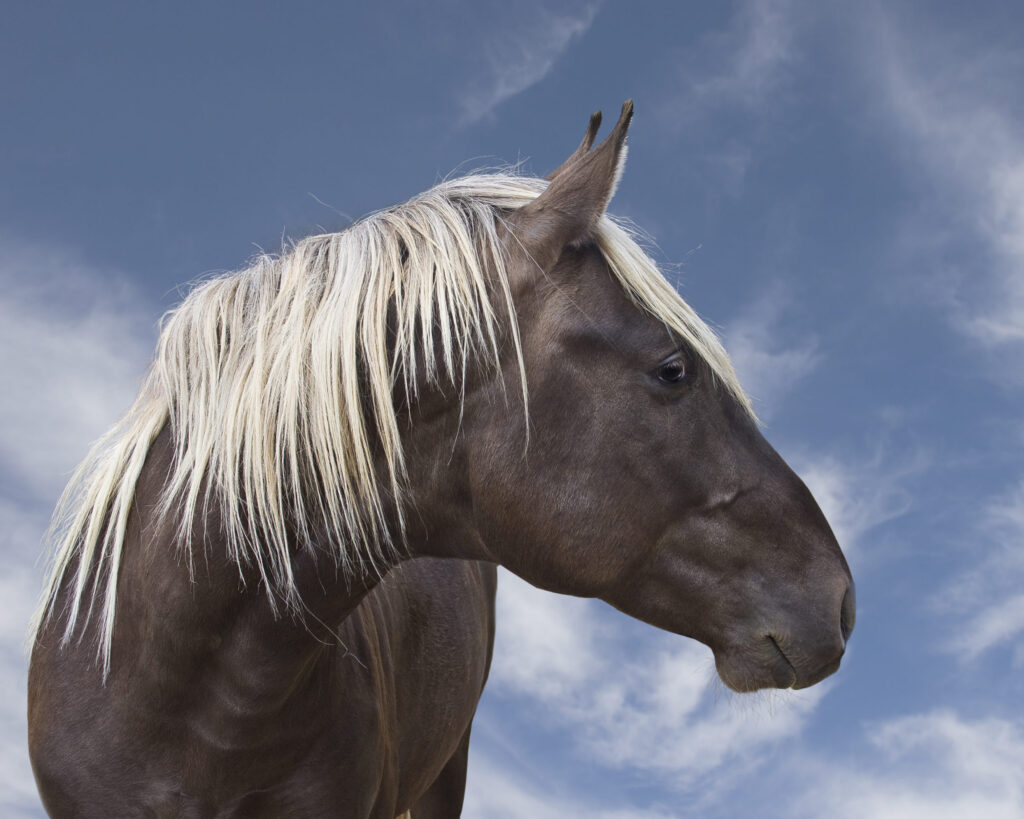
Rocky Mountain Horses are divided into two categories: foundation and contemporary. These horses are medium-sized, standing between 14 and 16 inches tall on average. The Rocky Mountain Horse has excellently adapted to its mountainous environment. Winters are not a problem for these robust horses, and neither are low temperatures.

- The breed was not developed in the Rocky Mountains
Despite its name, the Rocky Mountain Horse originated in Kentucky’s Appalachian Mountains. It was the foundation stallion, originally from the western United States’ Rocky Mountains. Around 1890, this stallion, dubbed the “Rocky Mountain Horse,” came in eastern Kentucky as a colt. He already possessed important characteristics of the contemporary breed, such as a chocolate flaxen hue and natural gait. This stallion was used to breed local mares, and a new breed of horse arose as a result.

- There are around 25,000 Rocky Mountain Horses left in the world.
Because of their pleasant gaits and surefootedness, Rocky Mountain Horses were a preferred mode of transportation. While improved infrastructure reduced the demand for gaited horses across the country, Rocky Mountain Horses were still required in the less developed Appalachian Mountains. As a result, the breed has survived to the present day. The Rocky Mountain Horse Association was founded in 1986, despite the fact that the breed has been around since the late 1800s. The group had over 12,000 registered horses by 2005, and by 2015, it had grown to 25,000. Only the offspring of registered Rocky Mountain Horses may be considered purebred when the studbook is closed.
Kentucky is home to over half of the world’s Rocky Mountain Horse population, according to Horse Canada. The breed has grown in popularity to the point where it can currently be found in 47 states and 11 countries.

- The majority of Rocky Mountain horses have silver dappled coats.
The majority of Rocky Mountain Horses, but not all, have a beautiful chocolate coat with a flaxen mane and tail. This distinctive hue arises from the rare silver dapple gene expressed on a black base color, making it one of the rarest horse coat colors. This gene causes the horse’s coat to dapple, as well as a mane and tail that are several shades lighter than the coat. While the most prevalent and popular color in the breed is chocolate flaxen, the registry accepts all solid colors. Black is the second most common hue, with palominos accounting for about 2.5 percent of the population. Buckskin and cremello dilution hues, as well as the rare roan, can also be seen. White marks are only allowed on the legs and head, according to the register. Horses with white markings that reach above the knee cannot be registered.
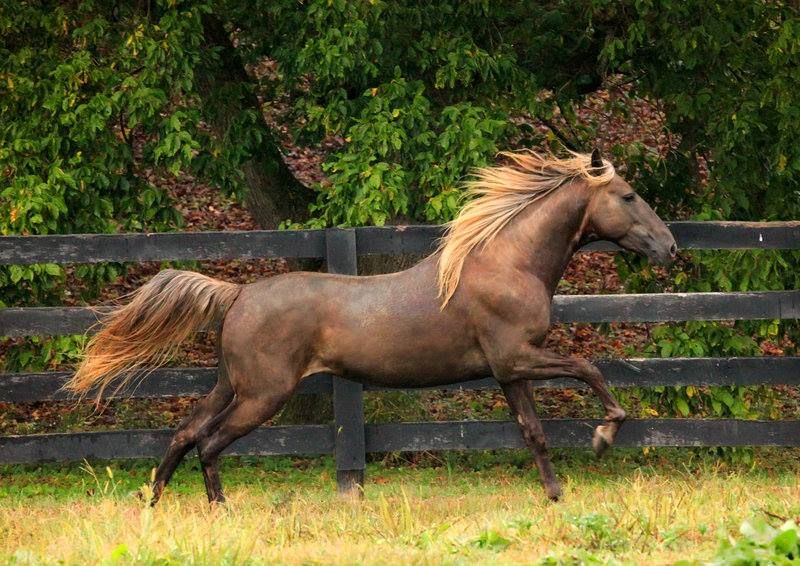
- Morgan Horses Are Gaited
Other than the walk, trot, canter, and gallop, gaited horses have various gaits. Eastern Kentucky has long been known for its gaited horse breeds, which are descended from English and Spanish horses. It’s no different with the Rocky Mountain Horse. Rather from trotting, these horses walk in a four-beat ambling gait known as “single-foot.” This is an intermediate gait, similar to the trot, but there is no pause between the footfalls. The single-foot gait gives a significantly smoother riding experience than a two-beat gait since one foot is always on the ground. The single-foot gait is not only more pleasant for the rider, but it is also more efficient. On uneven ground, horses in this gait can maintain a speed of 7 mph (11 km/h) and up to 16 mph (26 km/h) on smooth ground. Trot, on the other hand, has an average pace of 6 to 8 mph (9.7 to 12.9 km/h).
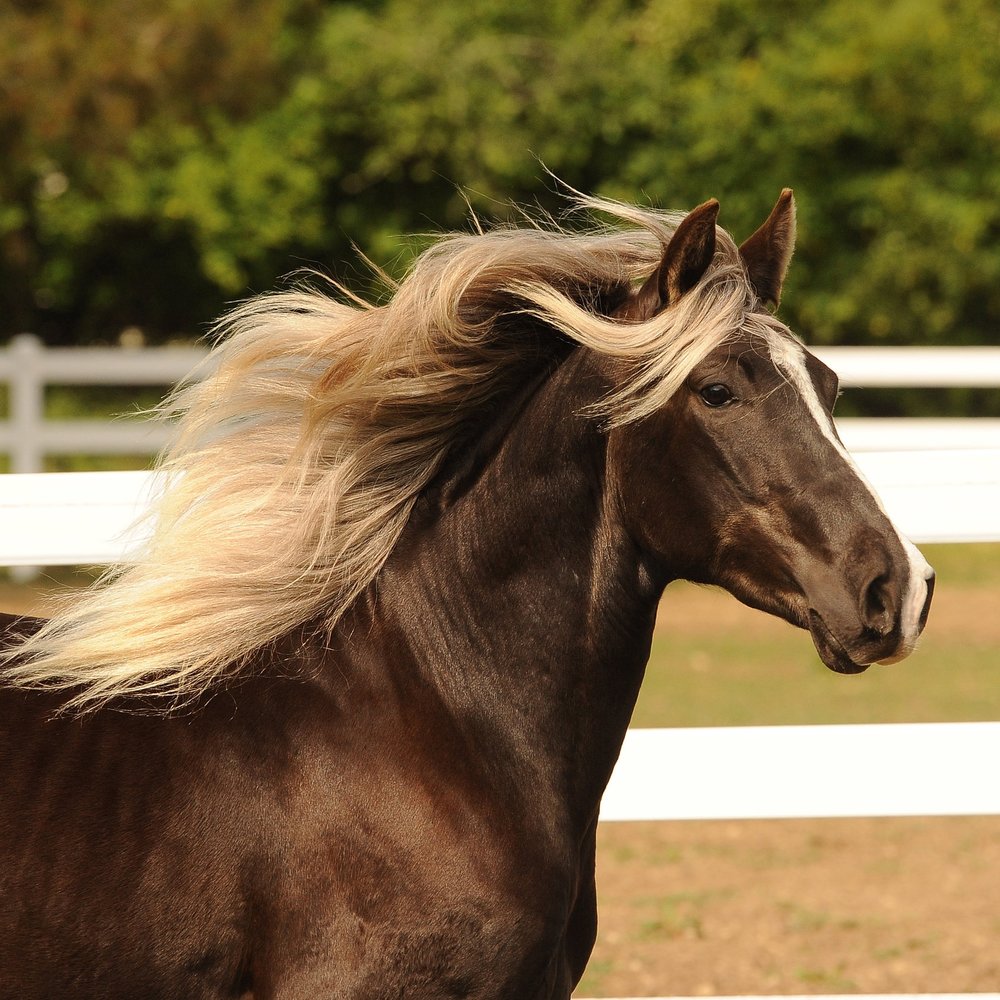
- They’re great for trail riding and ranching
The Rocky Mountain Horse has a long history of being a versatile riding, driving, and workhorse. These horses were employed by farmers to cultivate the land and herd livestock in the Appalachian foothills. Adults and children alike might travel on their backs in the meanwhile. Rocky Mountain Horses were frequently spotted hauling carts full of milk barrels during Prohibition (1920-1933). Instead of milk, these barrels contained “moonshine,” which Kentucky was known for manufacturing. During this time, the breed was dubbed “moonshine horse” by many locals. Rocky Mountain Horses have outstanding “cow sense” due to their Spanish origins and are still utilized on cattle ranches today.
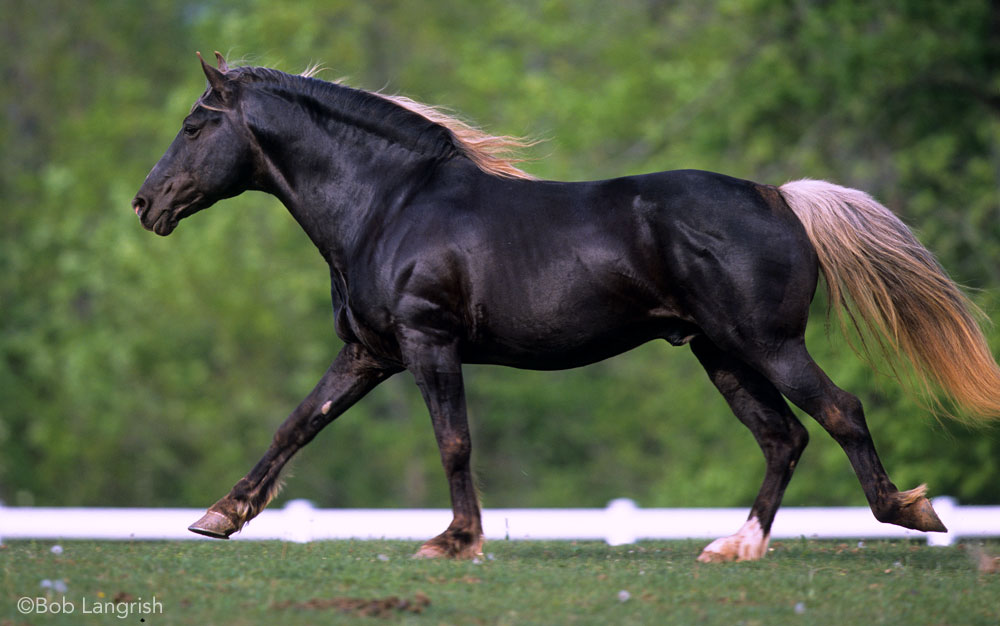
- Rocky Mountain Horses Are Simple To Care For
Rocky Mountain horses are known for their toughness, and for good reason. Life was difficult for these adaptable horses during the turn of the century. The Rocky Mountain Horse toiled away day after day, pulling plows, carts, and hauling riders across the difficult hilly landscape. Horse owners in Appalachia couldn’t afford elaborate facilities or special care for their animals because they couldn’t afford it. The majority of Rocky Mountain Horses spent the winter in the open, with limited cover and just hard fodder for nourishment.
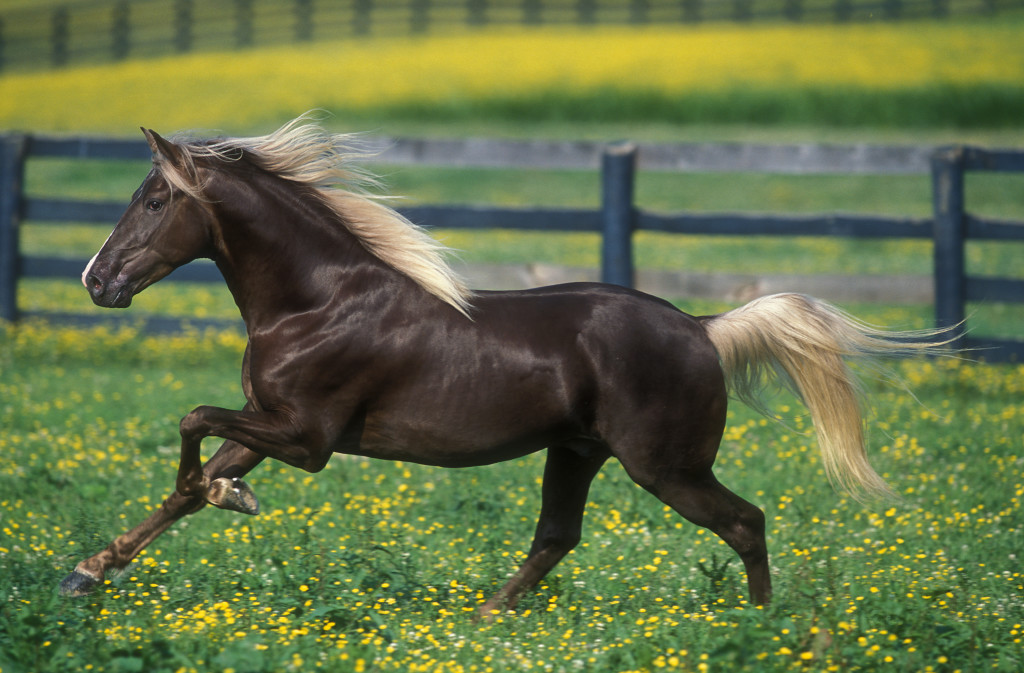
Related Posts
-
 Mother Deer Comes To Help When She Heard A Crying Baby
No Comments | Jan 10, 2022
Mother Deer Comes To Help When She Heard A Crying Baby
No Comments | Jan 10, 2022 -
 Scientists Discover The 40,000 Years Old Preserved Horse
No Comments | Oct 21, 2021
Scientists Discover The 40,000 Years Old Preserved Horse
No Comments | Oct 21, 2021 -
 Deer Meets Her Babies With Her Special Friend Dog
No Comments | Jan 11, 2022
Deer Meets Her Babies With Her Special Friend Dog
No Comments | Jan 11, 2022 -
 Dog Carries His Security Blanket Everywhere After Getting Saved From A Fighting Ring
No Comments | Jun 5, 2022
Dog Carries His Security Blanket Everywhere After Getting Saved From A Fighting Ring
No Comments | Jun 5, 2022
